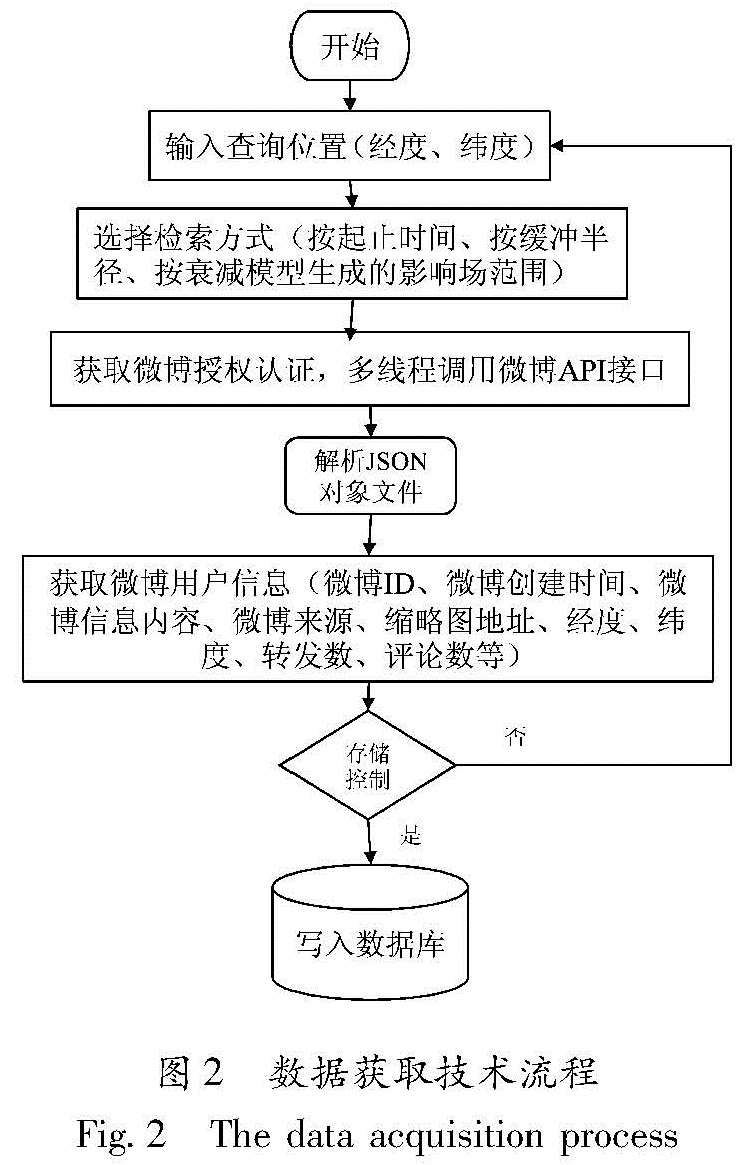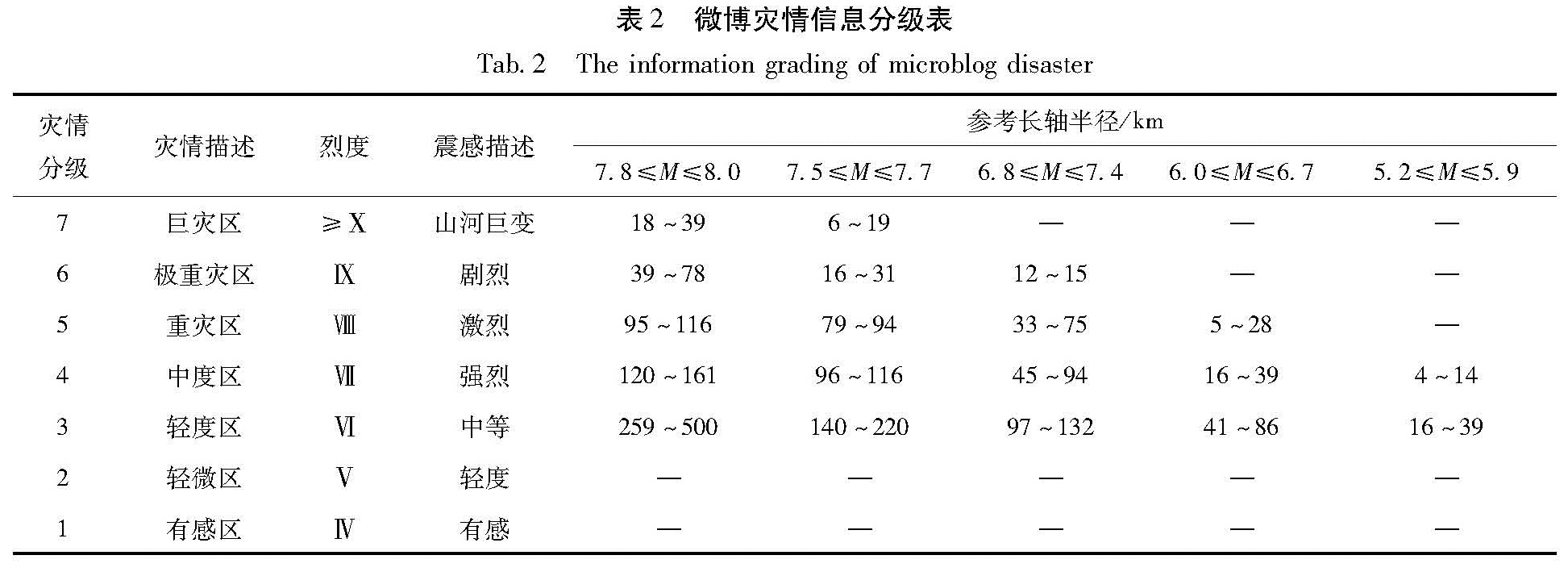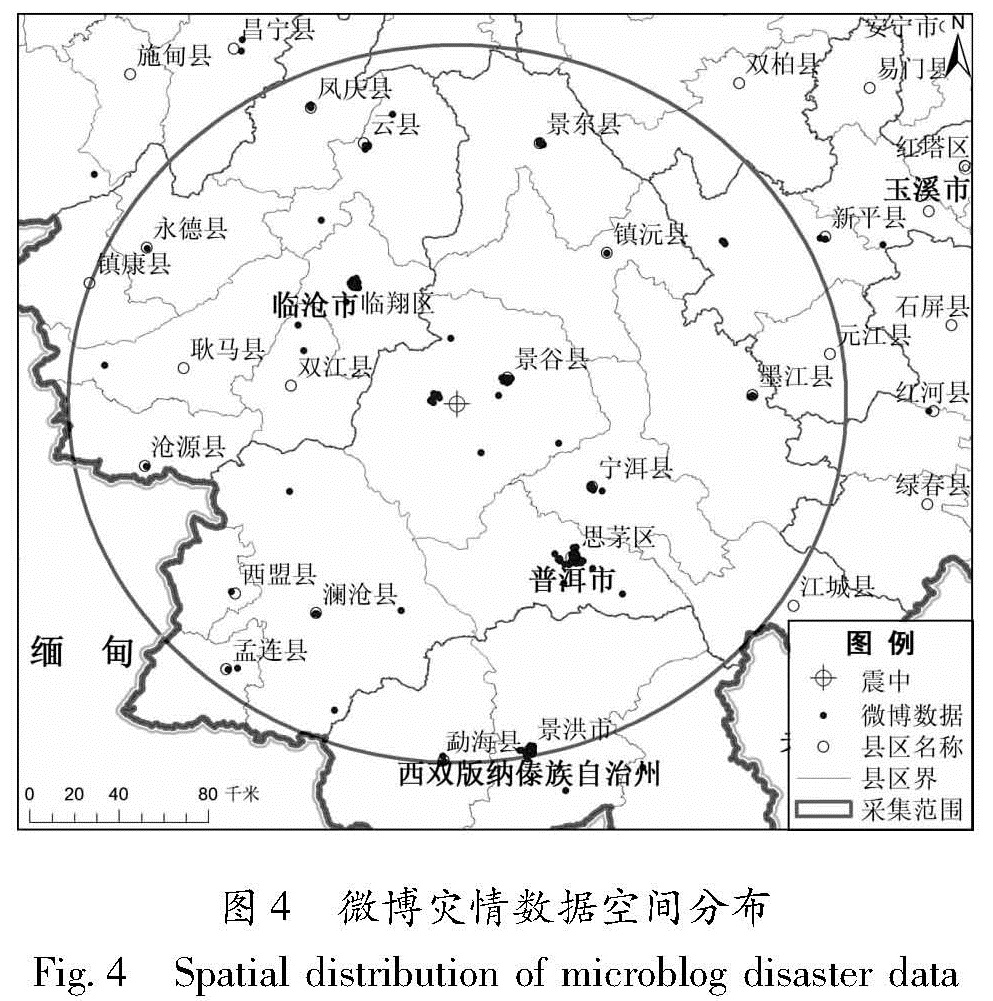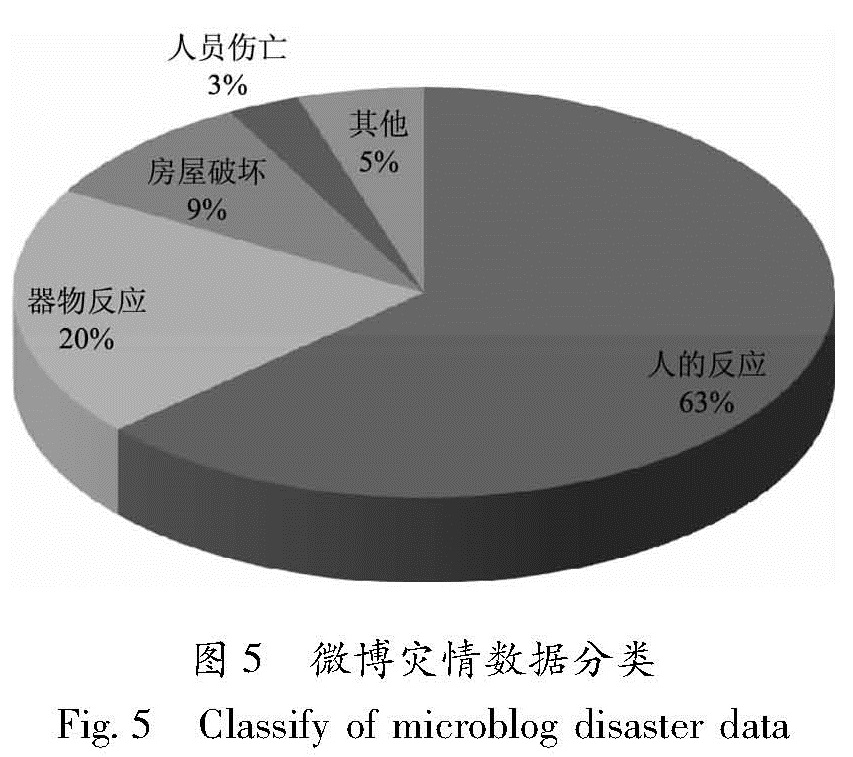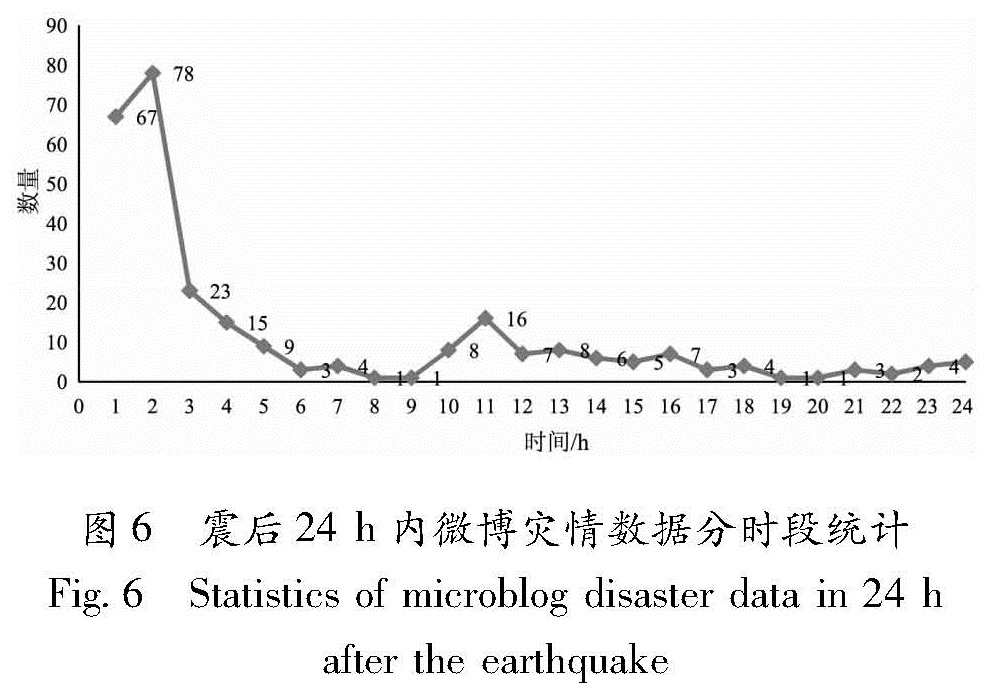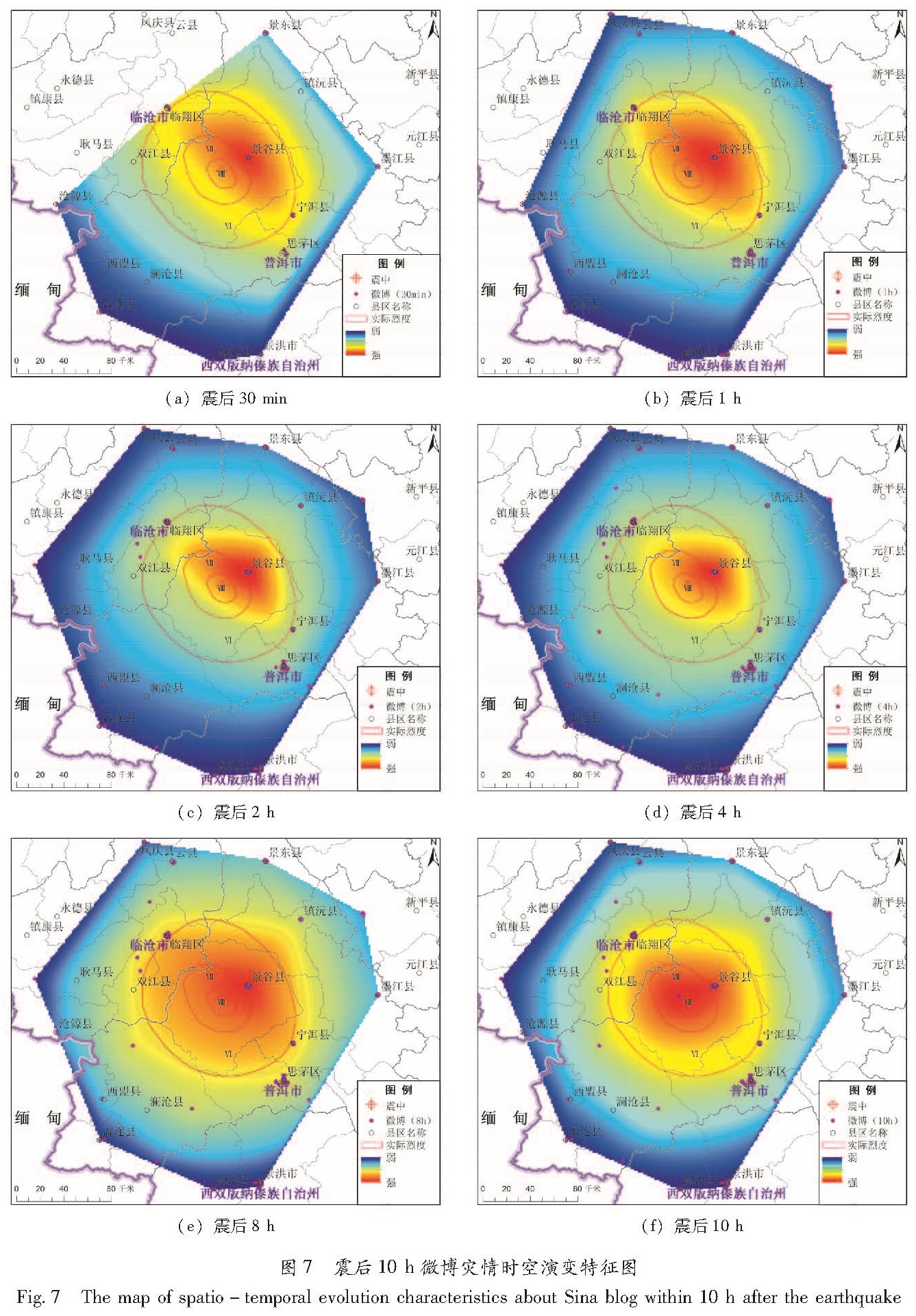基金项目:中国地震局震灾应急救援司专项课题《云南地震公共服务平台研发》和《基于微博位置信息的地震灾害速判方法研究》共同资助.
备注
提出了基于微博舆情信息的震后有感范围快速判定技术框架,构建了微博舆情数据的获取方法和技术流程。根据中国地震烈度表和地震现场工作调查规范,将微博特征词与地震灾情速判指标进行关联匹配,建立微博灾情信息分类指标体系,通过自然邻点空间插值方法将离散分布的微博灾情点转化为连续分布的灾情面,形成震后灾区有感范围的时空变化特征分布图,辅助灾情快速判定。以2014年景谷6.6级地震为例,进行探索和实践。结果 表明:在震后1~2 h内,微博用户活跃度高,信息量大且丰富,对信息充分挖掘有助于对灾情的宏观把握,对救灾决策部署有一定的参考意义,弥补了传统获取技术时效性差、数据量少、覆盖面小等问题。
It is an effective way to obtain disaster information quickly after the earthquake,through the analysis and mining of the microblogs public opinion data,because microblog has the characteristics of real-time,interactive,strong diffusion,wide spatial distribution,and so on. Based on the microblogs public opinion,the technology framework was proposed for the earthquake felt area of fast determining,and the data access methods and technological processes were built. According to Chinese seismic intensity scale and post-earthquake field works for field survey,it sets up a micro-blogging earthquake disaster information classification system through micro-blogging feature associated with the earthquake rapid determinate target match. The perceptible area used for secondary disaster quick judgment is extracted after the earthquake,and secondary disaster quick judgment was achieved through the Natural Neighbor interpolation method of distributed micro-blogging disaster into a continuous distribution. This method has been applied in practice after the earthquake with magnitude 6.6 occurred on October 7,2014 in Jinggu county. It is concluded that fully mining microblog information is used for wide grasp of disaster and relief decisions within 1 to 2 hours after the earthquake,with the microblog user activity high,informative and rich. It makes up for the traditional technical problems with inefficient and little coverage of data.

